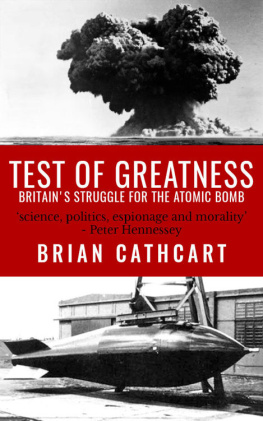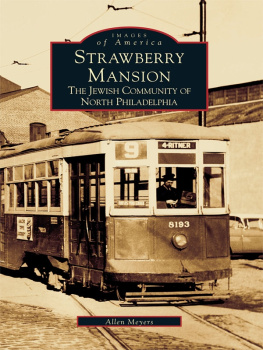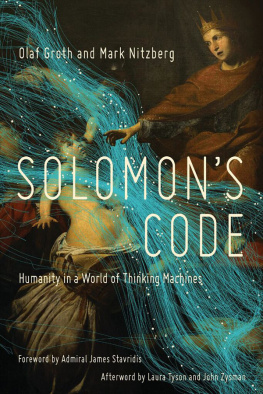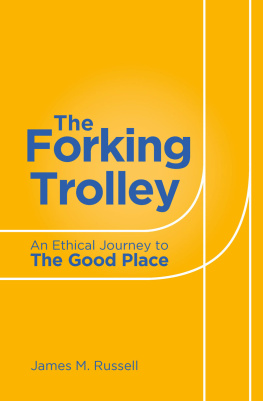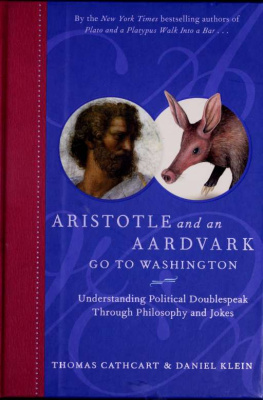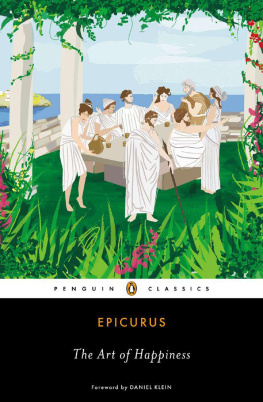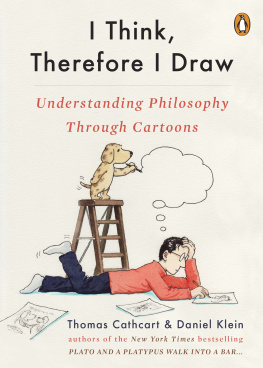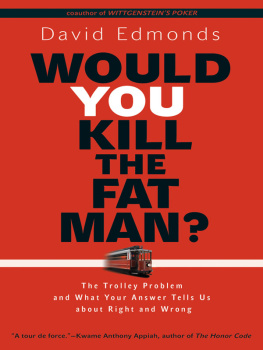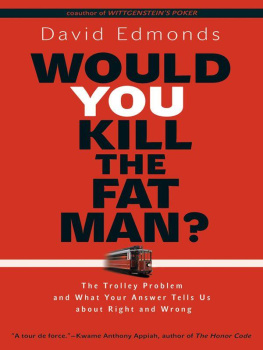The Trolley Problem
Or
Would You Throw the Fat Guy Off the Bridge?
A Philosophical Conundrum
Thomas Cathcart
Workman Publishing
New York
Also By Thomas Cathcart
(with Daniel Klein)
Plato and a Platypus Walk into a Bar... Understanding Philosophy Through Jokes
Aristotle and an Aardvark Go to Washington: Understanding Political Doublespeak Through Philosophy and Jokes
Heidegger and a Hippo Walk Through Those Pearly Gates: Using Philosophy (and Jokes!) to Explore Life, Death, the Afterlife, and Everything in Between
Acknowledgments
A number of smart and generous people reviewed earlier drafts of the book and provided some very creative suggestions. Thanks to my friend Dr. Peter King for his careful analysis of the trolley problem and his provision of several real-world examples. Thanks also to the other members of the King family for their participation in the discussions around the dining room table.
My oldest and dearest friend, Danny Klein, offered loads of encouragement and several great ideas, and his voice was constantly in my head, telling me to make it clearer, slow down, take more steps. As my mentor on a number of books we wrote together, Danny literally taught me how to write a book. Thank you, Danny.
I am fortunate to have two extraordinarily strong women in my life. My wife, Eloise, an excellent writer and editor, read several drafts and improved each of them considerably, but her never-flagging encouragement, support, and love were even more important to me. Thank you, Eloise.
My daughter, Esther, is a much-loved chaplain to many people and dogs, and I am very lucky to be among the beneficiaries of her funny, loving spirit.
Margot Herrera, my editor at Workman, cheerfully ignored my defensiveness and kept urging me to improve the manuscript. Thank you, Margot. Your ideas were excellent.
And a big thank-you to my agent, Julia Lord, who shares an attribute with God: Without her there would be nothing.
Contents
Prologue
The Problematic Trolley
A thought experiment first published in a technical philosophy journal in Britain nearly fifty years ago has unexpectedly become a popular brainteaser on college campuses, and in faculty lounges, family dining rooms, general interest magazines, and academic journals around the world. Dubbed the trolley problem, it has given birth to a mini-industry, jokingly referred to as trolleyology. Trolleyologists these days include philosophers, psychologists, neuroscientists, evolutionary theorists, and ordinary laypeople.
The original trolley problem, created by British philosopher Philippa Foot in 1967, was short and simple: A driver of a runaway tram sees five people ahead on the track. He can either allow the tram to stay on the main track, thereby killing them allfor an unstated reason, they are unable to get off the trackor he can steer the tram onto a sidetrack, where only one person will be hit and killed. Should he steer the tram onto the less-occupied track, killing one person rather than five? Furthermore, she wondered, how does this scenario differ from, say, one in which doctors could save the lives of several people by killing one person and making a serum from his dead body? Most of us, Foot thought, would approve of steering the tram onto the sidetrack to minimize the number of casualties and would disapprove of killing the man to obtain the serum. And she found the question of the difference between the two scenarios intriguing.
In 1985, an American philosopher named Judith Jarvis Thomson expanded the scenario a bit: This time you see the trolley barreling down the track out of control, and you are standing by a switch. You can do nothing and allow it to hit and kill the five, or you can throw the switch and detour the trolley so that it hits and kills only the one person on the siding. The principal new element is that, unlike the trolley driver, you have no professional responsibility to choose between the two tracks. You can, if you choose, do nothing. It could be said, of course, that the trolley driver could also do nothing and stay on the main track, but his job involves making constant decisions about which track to take, so his doing nothing is, at the very least, more ethically complex than that of the innocent bystander. Thomsons less freighted version of the problem is: Should you, the bystander, do nothing and let fate take its course, or should you pull the switch, causing one person to die but saving five?
Both philosophers contrasted their scenarios with others that appeared similar in many ways but were arguably different in other ways. The best known is Thomsons scenario in which you are standing on a footbridge over the trolley track. There is no switch; there is no siding. There is only a single track with five people on it beyond the footbridge, and they will all be killed if you do nothing. You realize that the only action that can save the five people is for you to drop a heavy weight in front of the trolley to stop it. The only object nearby that is heavy enough to stop the trolley is a very fat man standing next to you on the footbridge. Should you push him off the bridge in order to save the five? And is thator is it notessentially the same thing as throwing the switch?
Philosophers, psychologists, and brain scientists have been trying to explain why most of us feel justified in pulling the switch but not in throwing the man.
Since then, philosophers, psychologists, and brain scientists have been trying to explain why most of us feel justified in pulling the switch but not in throwing the man. More and more trolley scenarios have appeared, as trolleyologists have tried to pinpoint exactly what it is that seems different about throwing the switch versus throwing the man. Or... are they in fact really different at all? Princeton University philosophy professor Kwame Appiah has said that the huge and growing body of hair-splitting commentary makes the Talmud look like CliffsNotes.
Some philosophersand many more casual observershave wondered out loud about the value of such thought experiments. Real-life decisions are, after all, considerably richer and more complex, as well as less farfetched, than the question of whether to throw a switch to divert a runaway trolley. Others have argued, however, that such thought experiments, by their very simplicity, can help us clarify the way we makeor should makemore complicated ethical decisions. Philippa Foots 1967 article, for example, was intended to shed light on some of the ethical questions raised by the issue of abortion, such as whether it is morally permissible for Catholics to undergo a hysterectomy to save the life of the mother, even though it will have what they believe to be a bad consequence, the termination of a pregnancy. Finally, while reading most academic philosophy is often tough slogging for those of us who are not professional philosophers, the trolley problem is, happily, accessible.
Over the years, scholars in other academic disciplines have become intrigued by the trolley problem. In 2003, a team of Harvard University psychologists created a website called the Moral Sense Test, in which visitors were invited to record their reactions to various trolley scenarios. For their initial study, the researchers wanted 5,000 participants; within weeks, they had met their goal. More than ten years later, the website is still active and still drawing visitors in huge numbers.
In 2009, Harvard University took its first full step into online learning when it made professor of government Michael Sandels popular undergraduate course on justice available for credit on the Internet and for more casual viewing on PBS. Professor Sandel led off the first lecture with the trolley problem, and the reaction was viral. Because the lecture is available online through several points of entry, it is difficult to know exactly how many people have viewed it, but the YouTube version of the PBS video alone has had 4.4 million hits, three times the number of online viewers who watched LeBron Jamess 2010 decision to take his talents to South Beach.



